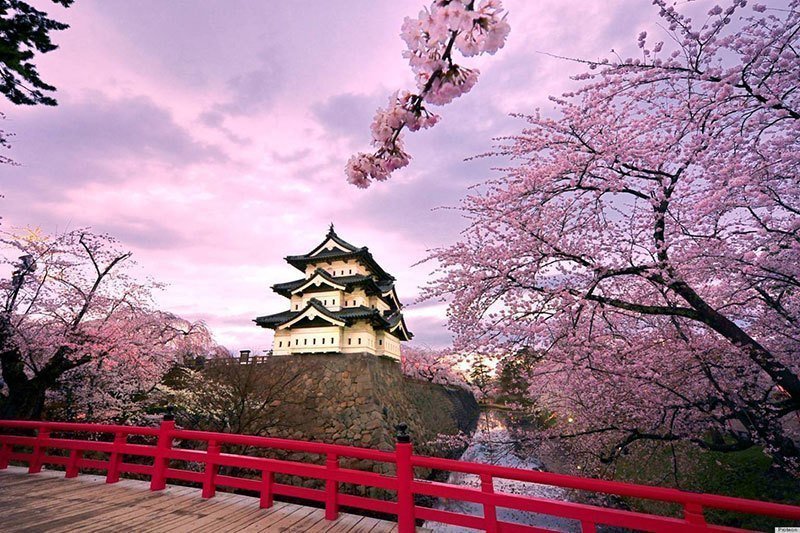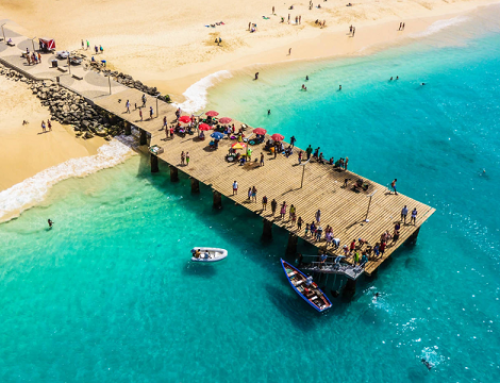Project Description
Japan has nine forest ecoregions which reflect the climate and geography of the islands. They range from subtropical moist broadleaf forests in the Ryūkyū and Bonin Islands, to temperate broadleaf and mixed forests in the mild climate regions of the main islands, to temperate coniferous forests in the cold, winter portions of the northern islands.[84] Japan has over 90,000 species of wildlife, including the brown bear, the Japanese macaque, the Japanese raccoon dog, the large Japanese field mouse, and the Japanese giant salamander.[85] A large network of national parks has been established to protect important areas of flora and fauna as well as thirty-seven Ramsar wetland sites.[86][87] Four sites have been inscribed on the UNESCO World Heritage List for their outstanding natural value



